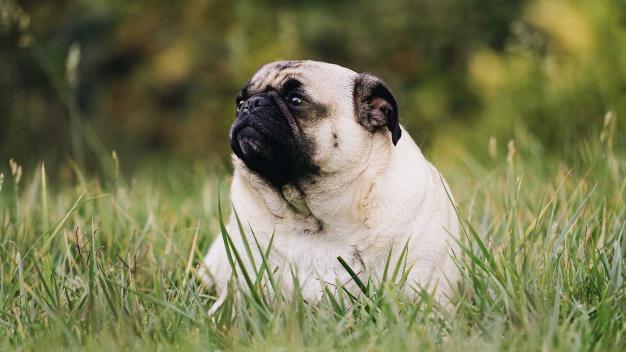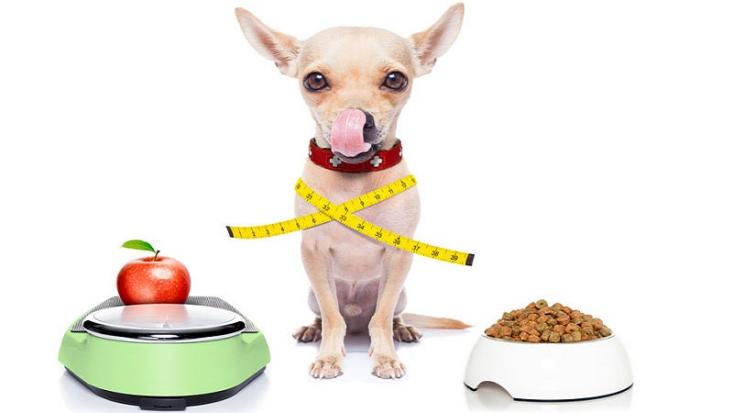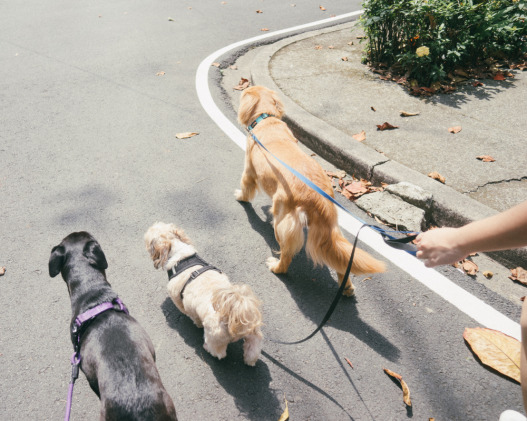How should I begin a weight loss program for my dog?
The theory of weight loss sounds simple: Burning more calories than you take in equals weight loss. Unfortunately, it’s not as simple as it seems.
Rule Out a Medical Condition
You should never put your dog on a diet without professional guidance from your veterinarian. There may be hidden health issues causing your dog to be overweight. Weight gain can be symptoms of conditions like hypothyroidism and hyperadrenocorticism (Cushing’s disease). If you’re concerned about your dog’s weight, it’s worth scheduling a visit to your veterinarian. Usually, your veterinarian will perform blood tests on your dog, which can tell you the cause of your dog’s obesity. Your veterinarian will then help you develop a diet and exercise program to help your dog lose weight.

Here are several additional ways to help your dog get the numbers on the scale moving in the right direction:
Count Calories
It’s important to establish clear guidelines for daily caloric intake.
It’s not a good idea to rely on the feeding guidelines on the average pet food package. There are many factors that will influence your dog’s dietary needs, including breed, size, activity level, and whether they’re spayed or neutered. So it’s important to work with your veterinarian to establish the ideal number of calories your dog needs to achieve their goal weight.
For many dogs, the best way to feed will be by feeding a specific diet food in several meals per day. If you choose to use an alternate source of food, and the calorie content is not available on the label, you will need to contact the manufacturer to get it. Feeding too much will result in no weight loss and feeding too little can potentially result in serious health consequences associated with malnutrition.

Feed a Low-fat Diet
In addition to calorie counting, another important part of weight maintenance or weight loss is feeding lower carb, whole, fresh food. This type of diet is usually high in fiber and low in fat, and also provides high-quality protein and extra moisture, which can make it easier for your dog to feel full. To enhance the palatability of the diet food, try warming the food, adding a flavoring such as a small amount of salmon juice, low-fat chicken or beef broth.
Cut Back on Treats
As a general rule, treats should make up no more than 10% of your dog’s daily calories. Many vets recommend using single-ingredient treats like fresh veggies and fruit. Baby carrots, celery, broccoli, green beans, cucumbers, blueberries, apples and bananas all make healthy treats.
Helping Your Dog Get More Exercise
While the recommended minimum of daily exercise is 20 minutes, twice a day, many dogs will need much more. For many breeds, an hour of exercise a day is a good target. If your dog needs to lose weight, try to increase the intensity and length of your daily walk. Adding in an extra game of fetch in the backyard or weekend outings to the dog park may also be in order.

Weight Loss is a Long Game
After putting your dog on a weight loss program, it is crucial to determine if the program is working for your dog. In general, your dog should be weighed at least once a month until it reaches its ideal weight. Controlling your dog’s weight is one of the most important things you can do to ensure your four-legged friend feels good now and in the future.

